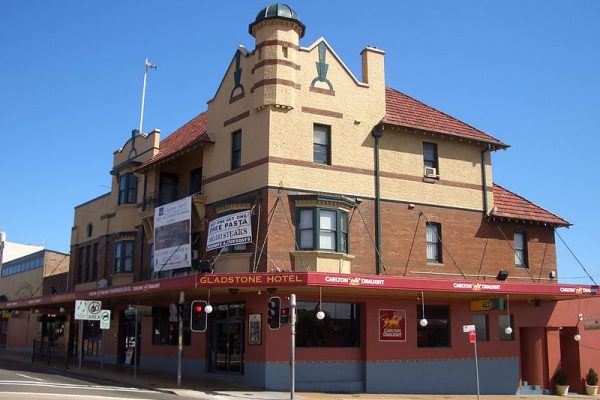In a world where public safety, theft prevention, and crowd control are top priorities, the “No Bags Allowed sign” has become a crucial element in various settings. From retail stores to concert venues, schools, museums, and secure facilities, these signs are used to communicate a clear policy: that bags, backpacks, and sometimes purses or totes are not permitted beyond a certain point.
More than just a regulatory tool, a no bags allowed sign serves as a visible reminder that helps reduce risks, prevent loss, and maintain smooth operations. In this article, we explore the importance of these signs, where they are commonly used, their benefits, design tips, and how to implement the policy effectively.
What Is a “No Bags Allowed” Sign?
A “No Bags Allowed” sign is a posted warning that informs visitors or customers that they are not allowed to carry bags into a specific area. These signs can be made of various materials, including metal, plastic, vinyl, or even digital displays. They are often accompanied by graphics or pictograms—such as a bag crossed out in a red circle—to ensure instant understanding, even in multilingual environments.
Common Locations for “No Bags Allowed” Signs
These signs are used in a variety of public and private venues where safety, theft prevention, or space management is a concern:
-
Retail stores and supermarkets: To deter theft and shoplifting
-
Schools and examination centers: To prevent cheating and distraction
-
Museums and galleries: To protect valuable exhibits from accidental damage
-
Stadiums and concert halls: For crowd safety and faster security screening
-
Factories and laboratories: To avoid contamination or interference with operations
-
Government buildings and courthouses: For security protocol compliance
By clearly stating the policy at the entrance or checkpoints, these signs help maintain order and reduce confrontation.
Benefits of “No Bags Allowed” Signs
1. Enhancing Security
One of the most important reasons for using these signs is to prevent unauthorized items from being brought into restricted areas. Bags can be used to conceal weapons, contraband, or stolen goods. Prohibiting bags at entry points can significantly lower these risks.
2. Preventing Theft and Shoplifting
In retail environments, “No Bags Allowed” signs are often part of a larger loss prevention strategy. Large bags make it easier to hide stolen items. By not allowing them inside the premises, businesses reduce theft and loss.
3. Promoting Faster and Smoother Entry
In venues like stadiums and arenas, checking bags can slow down the entry process, creating long queues and frustrated attendees. A strict no-bag policy streamlines the entry process and allows security staff to focus on crowd management and other priorities.
4. Maintaining Cleanliness and Safety
In controlled environments like clean rooms, medical labs, or food production areas, bags may bring in dust, germs, or contaminants. These signs help maintain sanitary conditions and uphold operational standards.
5. Minimizing Damage in Delicate Areas
Museums and galleries often display fragile or priceless artifacts. Bags can accidentally bump into or scratch artwork or displays. Restricting them prevents costly and irreparable damage.
Design Tips for Effective “No Bags Allowed” Signs
To ensure your sign is noticed and understood, it must be clear, visible, and consistent with your brand or venue:
-
Use bold colors like red, black, and white to grab attention.
-
Include universal icons for better comprehension.
-
Keep the message short and direct, such as “No Bags Beyond This Point.”
-
Use multilingual text if your audience includes non-native speakers.
-
Choose weather-resistant materials for outdoor signage or heavy foot traffic areas.
Enforcing the Policy Respectfully
Enforcement is just as important as the sign itself. To avoid misunderstandings or customer dissatisfaction:
-
Provide lockers or bag storage at entrances where feasible.
-
Inform visitors ahead of time—via websites, event tickets, or social media.
-
Train staff to politely explain the policy and provide alternatives.
-
Make exceptions for medical or childcare bags when necessary, and post these allowances clearly.
Respectful enforcement helps maintain a positive relationship with guests while ensuring the policy is upheld.
Customizing Signs for Your Needs
Depending on the nature of your business or facility, you may want to tailor the wording or design. Examples include:
-
“No Backpacks or Large Bags Allowed”
-
“Please Leave Bags at the Front Desk”
-
“No Bags Permitted – Security Policy in Effect”
-
“Bags Larger Than A4 Not Allowed Inside”
Custom signs allow you to be more specific and accommodate your audience or legal requirements.
Final Thoughts
The “No Bags Allowed” sign may seem like a small detail, but its role in enhancing safety, efficiency, and peace of mind is significant. Whether you’re managing a retail store, planning a public event, or operating a secure facility, these signs help set expectations, support security efforts, and maintain smooth operations.








